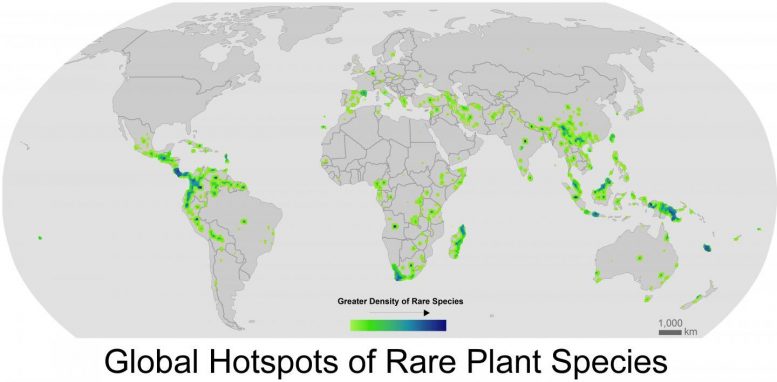
Global hotspots of rare plant species. Credit: Patrick R. Roehrdanz, Moore Center for Science, Conservation International Data from Enqist et al.
New University of Arizona research investigates what proportion of the world’s land plants are exceedingly rare, where they’re found and how location might put them at risk of human development and a changing climate.
Almost 40% of global land plant species are categorized as very rare, and these species are most at risk for extinction as the climate continues to change, according to new University of Arizona-led research.
The findings are published in a special issue of Science Advances that coincides with the 2019 United Nations Climate Change Conference, also known as COP25, in Madrid. The COP25 is convening nations to act on climate change. The international meeting runs from December 2 through December 13, 2019.
“When talking about global biodiversity, we had a good approximation of the total number of land plant species, but we didn’t have a real handle on how many there really are,” said lead author Brian Enquist, University of Arizona professor of ecology and evolutionary biology.
Thirty-five researchers from institutions around the world worked for 10 years to compile 20 million observational records of the world’s land plants. The result is the largest dataset on botanical biodiversity ever created. The researchers hope this information can help reduce the loss of global biodiversity by informing strategic conservation action that includes consideration of the effects of climate change.
They found that there are about 435,000 unique land plant species on Earth.
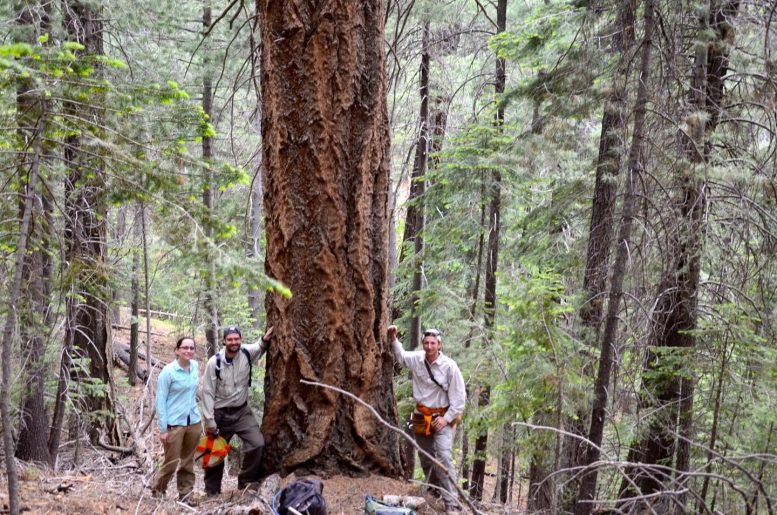
Vanessa Buzzard, Sean Michaletz and Brian Enquist collecting data on Mt. Lemmon Northwest of Tucson, Arizona. Credit: Brian Enquist
“So that’s an important number to have, but it’s also just bookkeeping. What we really wanted to understand is the nature of that diversity and what will happen to this diversity in the future,” Enquist said. “Some species are found everywhere – they’re like the Starbucks of plant species. But others are very rare – think a small standalone café.”
Enquist and his team revealed that 36.5% of all land plant species are “exceedingly rare,” meaning they have only been observed and recorded less than five times ever.
“According to ecological and evolutionary theory, we’d expect many species to be rare, but the actual observed number we found was actually pretty startling,” he said. “There are many more rare species than we expected.”
Moreover, the researchers found that rare species tend to cluster in a handful of hotspots, such as the Northern Andes in South America, Costa Rica, South Africa, Madagascar, and Southeast Asia. These regions, they found, remained climatologically stable as the world emerged from the last ice age, allowing such rare species to persist.
But just because these species enjoyed a relatively stable climate in the past doesn’t mean they’ll enjoy a stable future. The research also revealed that these very rare-species hotspots are projected to experience a disproportionally high rate of future climatic changes and human disruption, Enquist said.
“We learned that in many of these regions, there’s increasing human activity such as agriculture, cities and towns, land use, and clearing. So that’s not exactly the best of news,” he said. “If nothing is done, this all indicates that there will be a significant reduction in diversity – mainly in rare species – because their low numbers make them more prone to extinction.”
And it’s these rare species that science knows very little about.
By focusing on identifying rare species, “this work is better able to highlight the dual threats of climate change and human impact on the regions that harbor much of the world’s rare plant species and emphasizes the need for strategic conservation to protect these cradles of biodiversity,” said Patrick Roehrdanz a co-author on the paper and managing scientist at Conservation International.
Reference: “The commonness of rarity: Global and future distribution of rarity across land plants” by Brian J. Enquist, Xiao Feng, Brad Boyle, Brian Maitner, Erica A. Newman, Peter Møller Jørgensen, Patrick R. Roehrdanz, Barbara M. Thiers, Joseph R. Burger, Richard T. Corlett, Thomas L. P. Couvreur, Gilles Dauby, John C. Donoghue, Wendy Foden, Jon C. Lovett, Pablo A. Marquet, Cory Merow, Guy Midgley, Naia Morueta-Holme, Danilo M. Neves, Ary T. Oliveira-Filho, Nathan J. B. Kraft, Daniel S. Park, Robert K. Peet, Michiel Pillet, Josep M. Serra-Diaz, Brody Sandel, Mark Schildhauer, Irena Šímová, Cyrille Violle, Jan J. Wieringa, Susan K. Wiser, Lee Hannah, Jens-Christian Svenning and Brian J. McGill, 27 November 2019, Science Advances.
DOI: 10.1126/sciadv.aaz0414
This work was done in collaboration with the SPARC project (Spatial Planning for Area Conservation in Response to Climate Change), which was funded by the Global Environment Facility and made possible by Conservation International and a National Science Foundation grant to the University of Arizona.

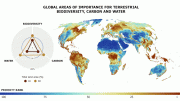

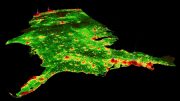
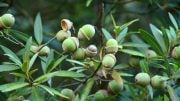

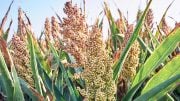
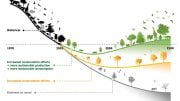

Be the first to comment on "Nearly 40% of Global Species Are Very Rare, at Risk for Extinction From Climate Change"